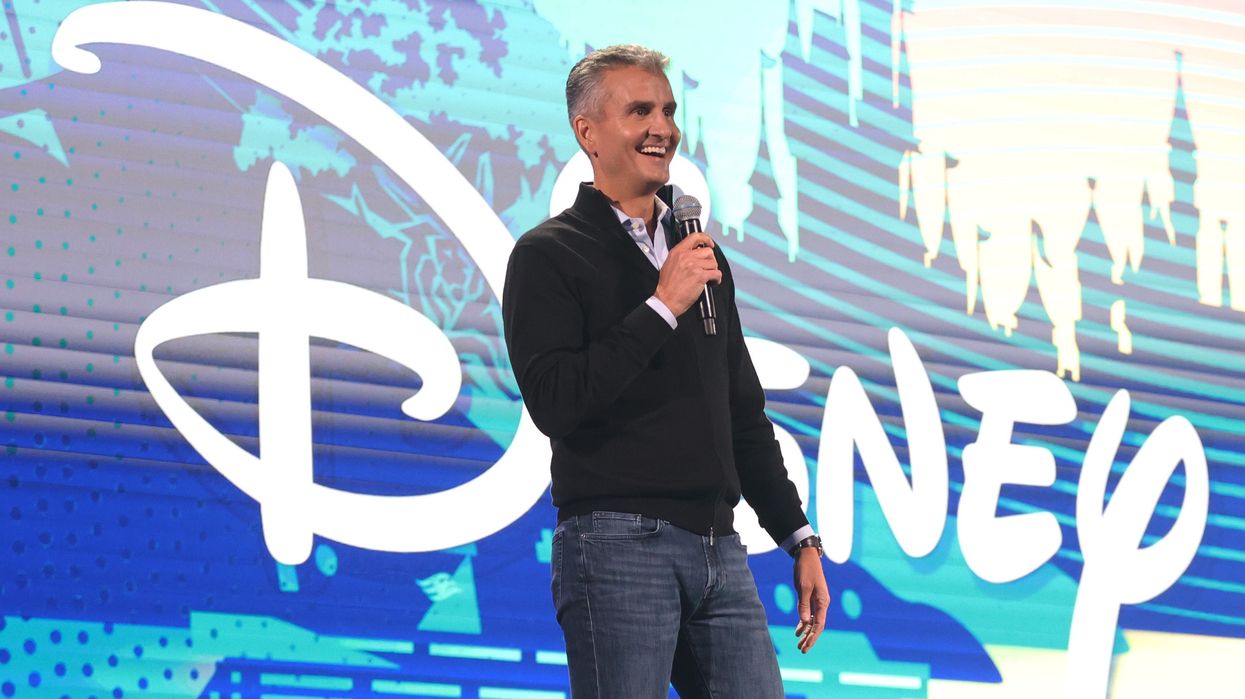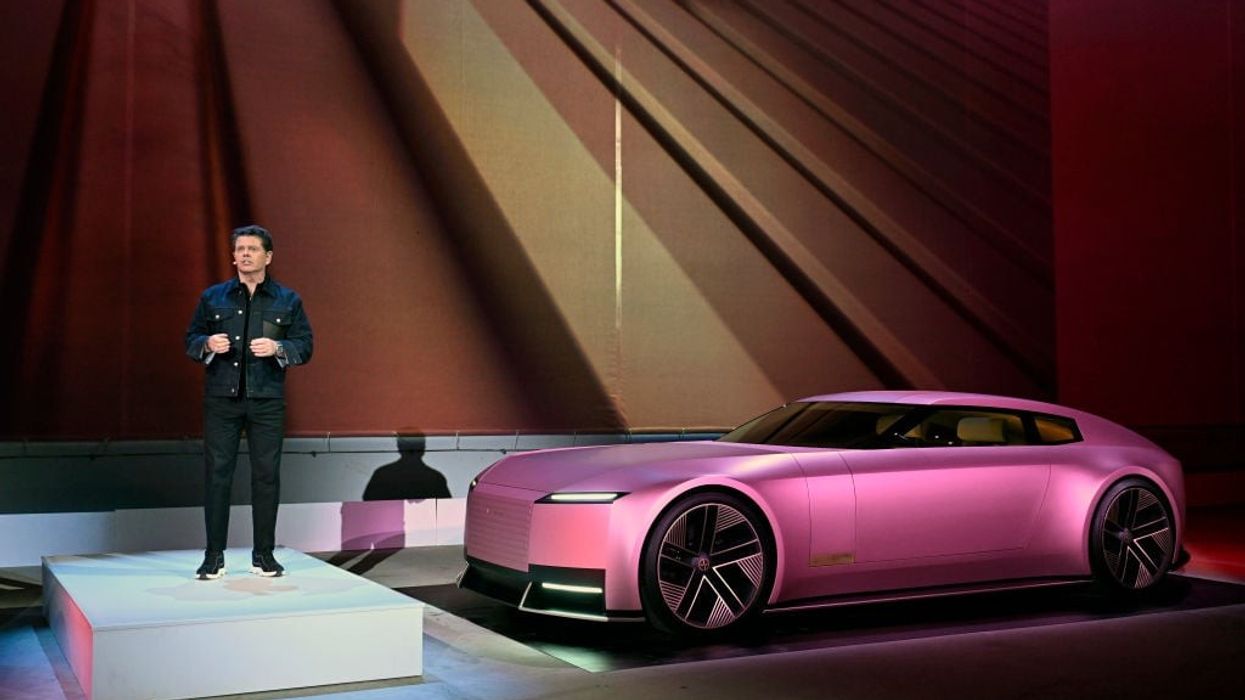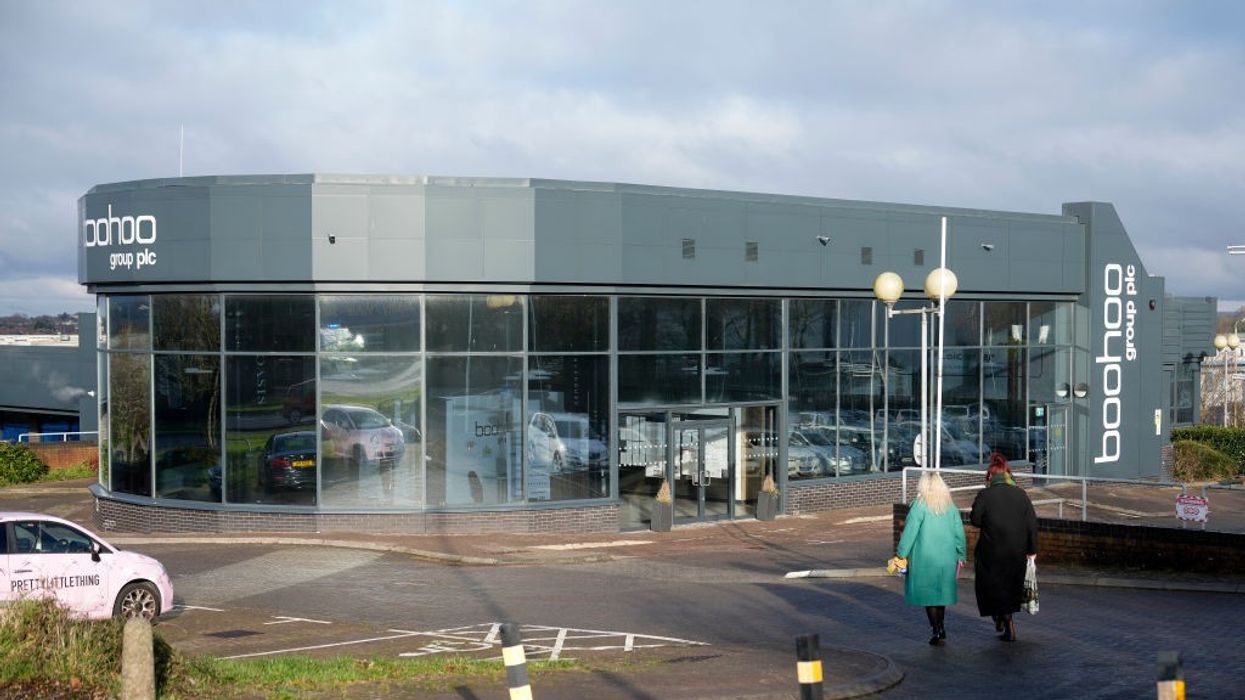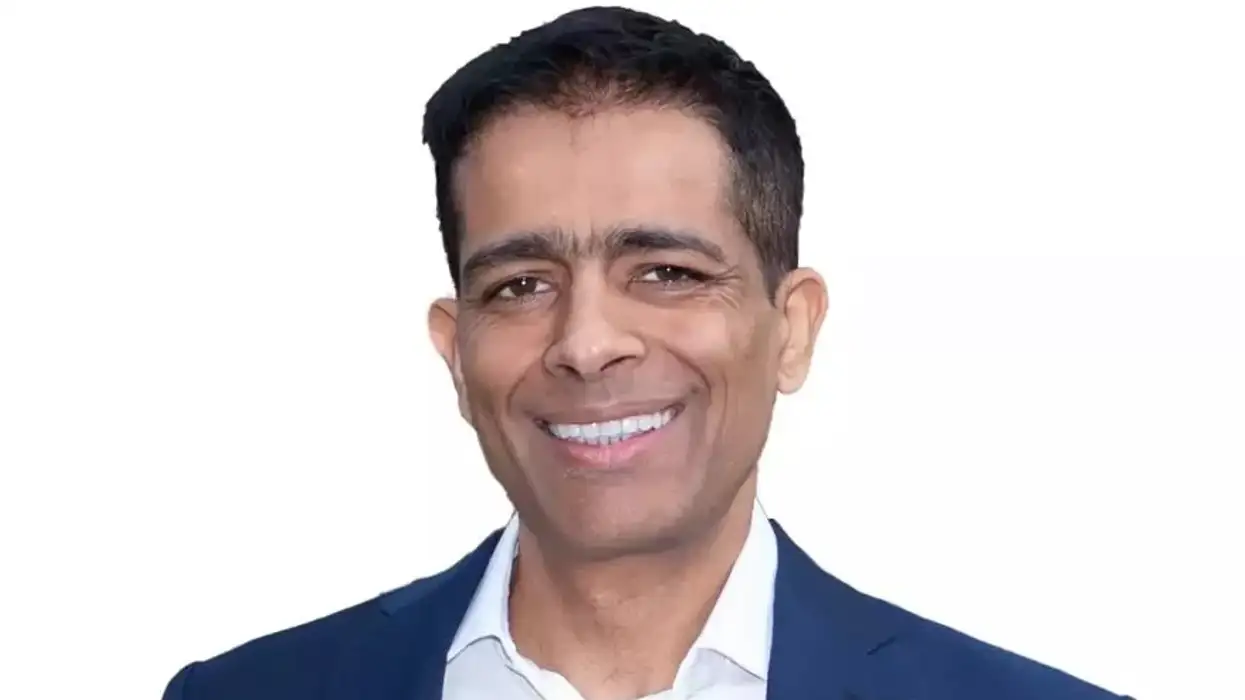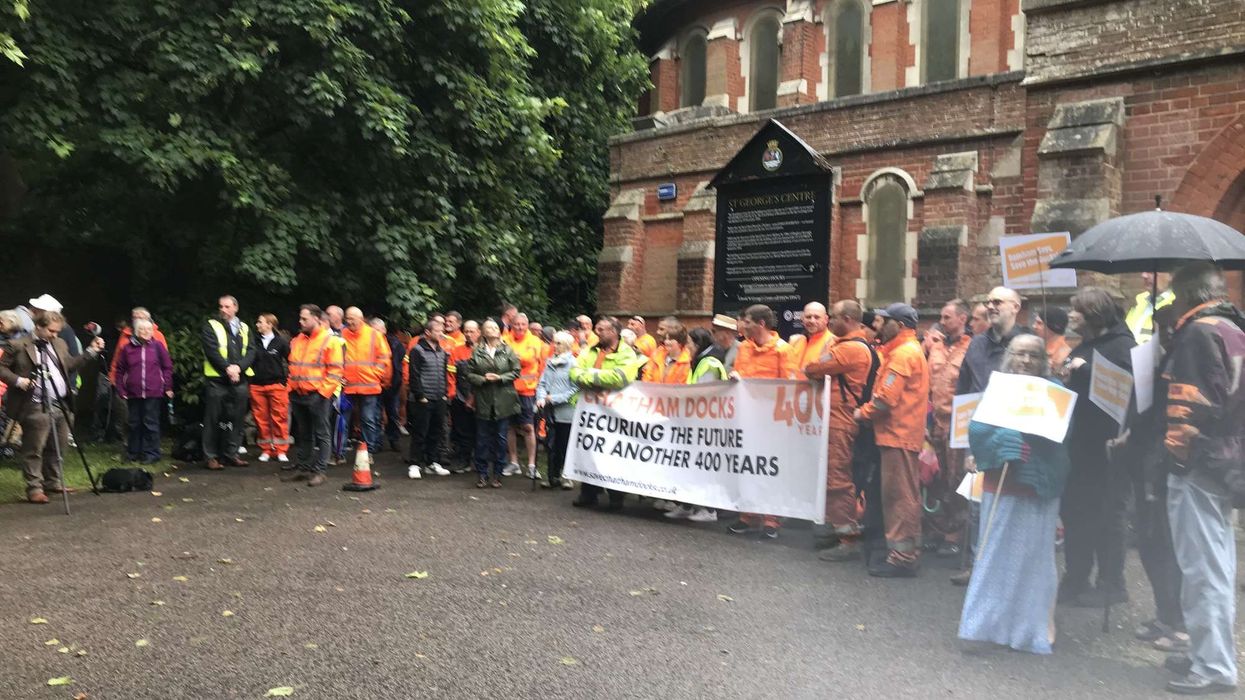The Walt Disney Company has announced plans to develop a new theme park and resort in Abu Dhabi, marking its first such venture in the Middle East. The project will be delivered in collaboration with UAE-based destination developer Miral, and will be located on Yas Island, already a hub for entertainment and leisure in the United Arab Emirates.
This new development will become Disney's seventh theme park resort globally. According to the announcement made on 8 May, Disney will not be contributing capital to the project. Instead, Miral will fully fund, develop, and build the park, while Disney Imagineers will oversee the creative design and operational aspects. The entertainment giant will earn royalties from the venture.
Bob Iger, CEO of Disney, said in a statement, "This is a thrilling moment for our company as we announce plans to build an exciting Disney theme park resort in Abu Dhabi, whose culture is rich with an appreciation of the arts and creativity. As our seventh theme park destination, it will rise from this land in spectacular fashion, blending contemporary architecture with cutting-edge technology to offer guests deeply immersive entertainment experiences in unique and modern ways."
Although Iger declined to provide an exact timeline for the opening, he mentioned that such projects typically take between 18 months and two years for design and development, and around five years for construction. However, no firm dates have been committed to at this stage.
The announcement follows Disney’s strong performance in the second quarter of its 2024 fiscal year, during which its experiences division, which includes theme parks, resorts, cruises, and merchandise, saw a 6% year-on-year increase in revenue. The division accounted for 37% of the company's total revenue and nearly 60% of its operating income.
"Experiences is obviously a critical business for Disney and also an important growth platform," said Iger during the company’s second-quarter earnings call. "Despite questions around any macroeconomic uncertainty or the impact of competition, I’m encouraged by the strength and resilience of our business."
Josh D’Amaro, chairman of Disney Experiences, described the project as a "new frontier in theme park development". He added, "Our resort in Abu Dhabi will be the most advanced and interactive destination in our portfolio. The location of our park is incredibly unique – anchored by a beautiful waterfront, which will allow us to tell our stories in completely new ways."
The resort will feature themed accommodation, dining and retail experiences, combining Disney’s storytelling legacy with the modern and cultural identity of Abu Dhabi. While specific attractions have yet to be revealed, the park is expected to reflect both local flavour and globally recognised Disney characters and themes.
Yas Island, the park's future home, is already a major entertainment and tourism destination. It currently hosts attractions such as Ferrari World Abu Dhabi, Yas Waterworld, Warner Bros. World Abu Dhabi, and SeaWorld Abu Dhabi. The area is also home to the Yas Marina Circuit, the venue for the Formula One Abu Dhabi Grand Prix, and features shopping destinations like Yas Mall and leisure venues including an award-winning golf course.
Disney has been gradually increasing its presence in the UAE through retail partnerships and touring shows such as "The Lion King" and "Disney on Ice". The idea of establishing a permanent resort in the region dates back to 2017 or 2018, according to Iger, but plans were delayed due to the COVID-19 pandemic and leadership changes within the company.
The UAE location is seen as strategically valuable for Disney due to its accessibility. Around one-third of the world’s population lives within a four-hour flight of the country, giving the new resort access to a potential tourism market of approximately 500 million people.
Miral, the project’s developer, is known for its expertise in immersive destinations. The company is expected to handle the construction and financing of the park entirely, while Disney provides creative and operational guidance. This approach mirrors similar licensing deals the company has struck in regions like China.
Though not part of the $60 billion Disney has pledged to invest in its parks globally over the next decade, the Abu Dhabi project signals the company's ambition to expand its physical footprint and audience reach beyond traditional markets.
"It’ll be much larger than anything that’s currently here," D’Amaro said during an interview with CNBC, referring to the scale and scope of the planned development. The Abu Dhabi resort is intended to offer a deeply immersive experience, leveraging technological innovation and storytelling to engage visitors from the region and beyond.
As planning and development get underway, more details about attractions, themes, and opening timelines are expected to be released in the coming years.
